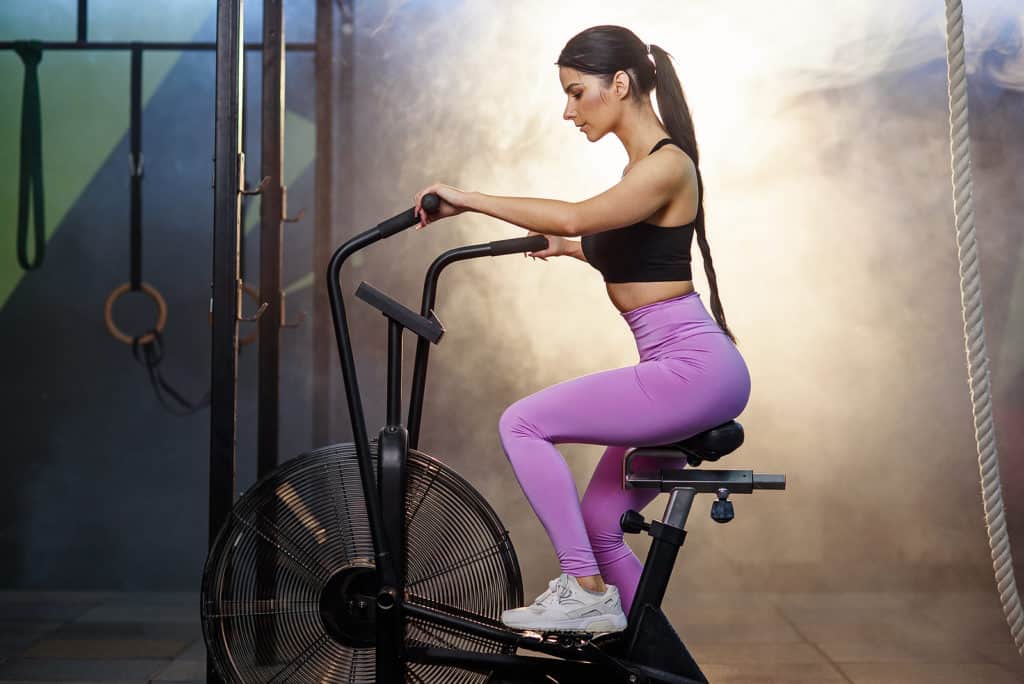A new research study[1] shows that as little as three minutes of exercise every thirty minutes can help glucose control. Under free-living conditions, breaking sitting modestly improved activity behavior. Breaking sitting was inadequate to modulate glucose tolerance or the skeletal muscle lipidome. Activity breaks decreased fasting blood glucose levels and daily glucose variation compared with baseline, with an inclination to reduce fasting LDLc.

What was the Goal of the Research Study?
Because of technology, lifestyles nowadays became inactive. Instead of going out to eat, people can order food with just a few clicks on their mobile phones. In Europe, more than one-third of the population is physically inactive, and they spend their leisure time watching tv. This growth of inactive behavior is linked with reduced glucose tolerance and metabolic health. The more we spend our time inactive, the higher the risk for metabolic syndrome and type 2 diabetes because of the detrimental effects of inactivity on whole-body insulin sensitivity. The research study aims to ascertain whether disrupting extended sitting raises glycemic control and the metabolic profile of free-living adults with obesity.

What were the Research Methods of the Study?
The researchers observed and studied sixteen volunteers, ten women and six men from ages 44 to 53 with sedentary desk jobs and a history of obesity, putting them at high risk for metabolic problems like diabetes. They examined the volunteers’ current metabolic health and requested them to wear activity monitors for a week to get baseline numbers. Half of the volunteers resumed their regular lives as a control, and the rest downloaded a smartphone app that signaled them every 30 minutes during the workday to stand and became active for three minutes. They walked around, marched in place, squatted, climbed the stairs, hopped, and did whatever they wanted for as long as they would not disturb others. They had to get a minimum of 15 steps before the app recorded their movement as an exercise break. For three weeks, the experiment continued, and all the volunteers went back to the lab for another series of metabolic tests.
What were the Results and Conclusions of the Findings?
The results of the two groups were slightly changed. The control group revealed ongoing difficulties with insulin resistance, blood sugar control, and cholesterol levels. The other volunteers who stood and moved during work manifested lower fasting blood sugar levels in the morning. This means their bodies better-controlled blood sugar during the night, a probably significant symbol of metabolic health. During the day, their blood sugar was maintained with lesser spikes and dips than in the control group, and the quantity of good HDL cholesterol in their bloodstreams increased. Though the development was little, it will still make a massive difference in the long run between progressing to full-blown Type 2 diabetes or not. Depending on how often and how strictly workers adhere to their app alerts, the profits also differed. Those who rose frequently and were the most active developed their metabolisms the most. Those who made fewer steps, or constantly disregarding their beeping alerts, profited less. But their metabolic health did improve somewhat, said Dr. Erik Näslund, a professor at the Karolinska Institute who oversaw the new study. The findings suggest that aiming to get up twice an hour is worthwhile, even if we do not always succeed.

Recommendations for Fitness Trainees Based on the Research
Dr. Erik Näslund suggests that striving to get up twice an hour is essential, even if we do not always succeed. He gave two pieces of advice to anyone concerned about over-sitting and their metabolic health: 1. Download an app or set an alarm on your computer or phone to remind you to rise every half-hour. Walk for a few minutes. Jog in place. “Going to the bathroom or getting a coffee” also counts, Dr. Naslund said, with the second potentially contributing to the first. 2. Be sure to keep moving outside of work hours. “In general, it is important to introduce more physical activity into our lives,” he said. “Walk stairs rather than take the elevator. Get off one bus stop earlier on the way home. There are so many minor changes we can make that are beneficial for metabolic health.”
References
1. “Three weeks of interrupting sitting lowers fasting glucose and glycemic variability, but not glucose tolerance, in free-living women and men with obesity” 2. “Exercise for 3 Minutes, Every Half-Hour, to Counter the Ill Effects of Sitting ”

Tim is the founder of FitAtMidlife.com – an avid gym rat for 30+ years, he’s a reviewer of many, many shoes – and founder of the Speed Bag Gathering – the world’s only gathering of speed bag punching enthusiasts. See more gym reviews at Tim’s YouTube channel.
